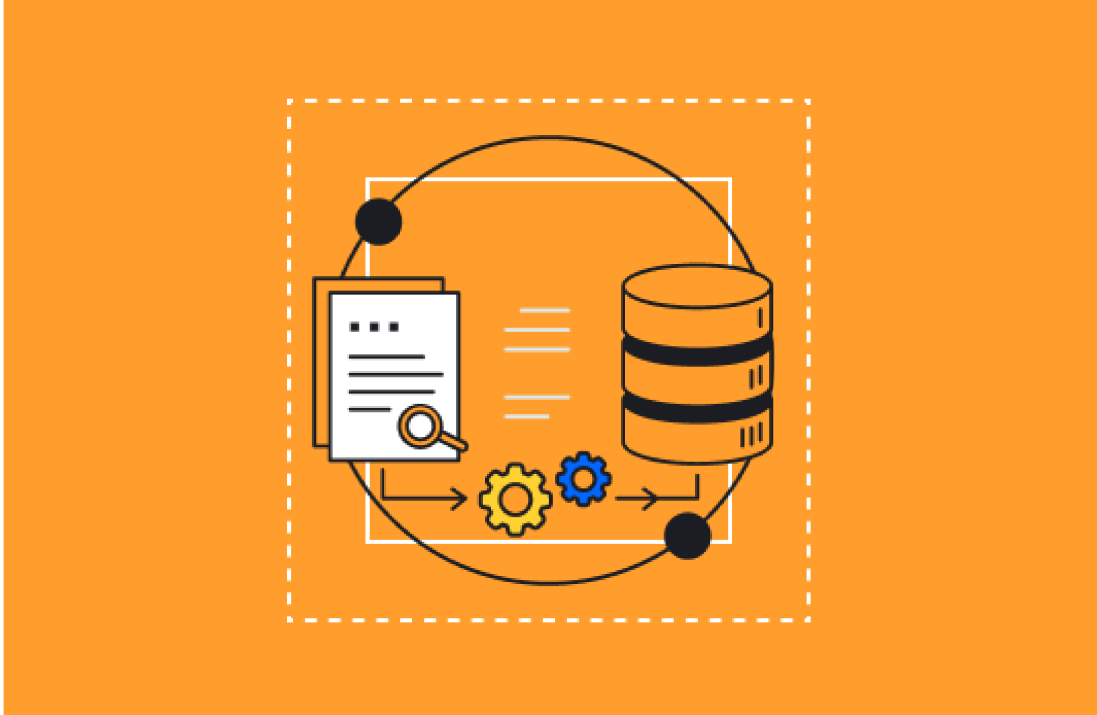Why Warming a New Domain is Crucial for Email Deliverability
Email marketing is a powerful way to reach your audience—but if you’re using a new domain, your emails may land in spam or get blocked. That’s where domain warming comes in.
What is warming a domain?
Warming a domain is the process of gradually establishing a positive reputation for a new sending domain. It involves starting with small email batches and slowly increasing the volume over time. This builds trust with inbox providers and improves overall email deliverability in HubSpot or any other platform.
Why Use a New Domain?
When sending marketing emails, many businesses use a separate domain and IP address. This protects the reputation of your corporate domain by isolating your marketing traffic.
Marketing automation platforms often include their own dedicated IPs for this purpose. When configured properly, your HubSpot email setup can send from a branded subdomain tied to these dedicated IPs—allowing you to scale safely.
The Benefits of Warming a Domain
Establishing trust with email service providers and mailboxes results in higher deliverability rates and ensures that emails reach the recipient's inbox instead of being marked as spam. With a well-planned warming strategy, businesses can build a strong foundation for their email marketing efforts and achieve better results.
Let's explore the steps involved in warming a new sending domain to create a positive sending reputation with mailboxes, and ensure optimum deliverability for your emails.
Steps to Warming a New Domain
From staggering your email sends to gradually increasing the number of recipients, there are a few steps that you should take to warm your new send domain.
Step 1: Stagger Your Sends
When it comes to warming a new sending domain, staggering your email sends is a crucial step in establishing a positive reputation with ISPs and mailboxes. To do this effectively, it's recommended to start with small batches of email sends and gradually increase the volume over several weeks.
It's important to avoid doubling the number of sends from one email to the next, unless you are a larger company, as this can trigger spam filters and negatively impact your deliverability rates.
Ideally, the process of warming a domain should take between 4-8 weeks. Rushing this process by increasing the number of sends too quickly can also have negative consequences for your email deliverability rates. It's important to be patient and take the time to gradually increase your email sends in a way that is safe and sustainable.
Let's look at an example of how to gradually increase email sends:
| Week 1 | Day 1 | Day 2 | Day 3 | Day 4 | Day 5 | Day 6 |
| Daily volume | 50 | 100 | 200 | 400 | 800 | 2,000 |
Step 2: Target Engaged Contacts
It is also essential to carefully consider the recipients of your email campaigns. Creating lists that are based on email engagement can help you identify contacts who are least likely to unsubscribe or mark emails as spam. We can break it down by weeks.
Weeks 1-2:
During the first two weeks of your warming period, it's recommended to send emails only to your most active subscribers - those who have opened or clicked on your emails in the past 30 days. By targeting this segment, you can increase the likelihood that your emails will be well-received, helping to build your domain's reputation.
Weeks 3-4:
As you progress into weeks three and four, you can begin to expand your list to include subscribers who have engaged with your emails in the past 60 days.
Overall first 6 weeks:
During the first six weeks of your warming period, it's important to avoid sending emails to subscribers who haven't opened or clicked on your emails in the past 90 days. By doing so, you can avoid triggering spam filters and negatively impacting your domain's reputation.
To further boost engagement and ensure that your emails are being delivered to recipients' inboxes, it can be helpful to add your employees' personal email addresses to your email list. This way, they can open, click, respond to or move emails out of the junk folder, thereby boosting your engagement rates and establishing your domain's reputation as a trusted sender.
Step 3: Use High-Performing Content
Using your best performing content during the warming process can significantly impact the success of your email campaign. Your best-performing content typically includes emails that have received high open and click-through rates, indicating that your audience has found the content valuable and engaging. By using this content, you're increasing the chances that your audience will engage with your emails, leading to improved email deliverability and reputation.
Additionally, it can help you build a positive reputation with ISPs, ensuring that your emails are delivered to your audience's inbox and not marked as spam. This can make or break the success of your future email campaigns.
Identifying your best-performing content
To identify your best-performing content, you can analyze your email metrics to see which emails have received the highest open and click-through rates. Once you've identified these emails, you can use them as a template for future emails or repurpose the content to ensure that it resonates with your audience.
Why Warming Matters for Your Email Marketing Strategy
Whether you’re launching a new brand or migrating to HubSpot email setup, warming a domain is critical. It lays the groundwork for strong sender reputation and consistent inbox placement.
Need help rolling out your strategy? Get in touch with Aptitude 8 for tailored support.
Want to explore how domain warming fits into a broader strategy? Check out our Marketing Operations Services page.






